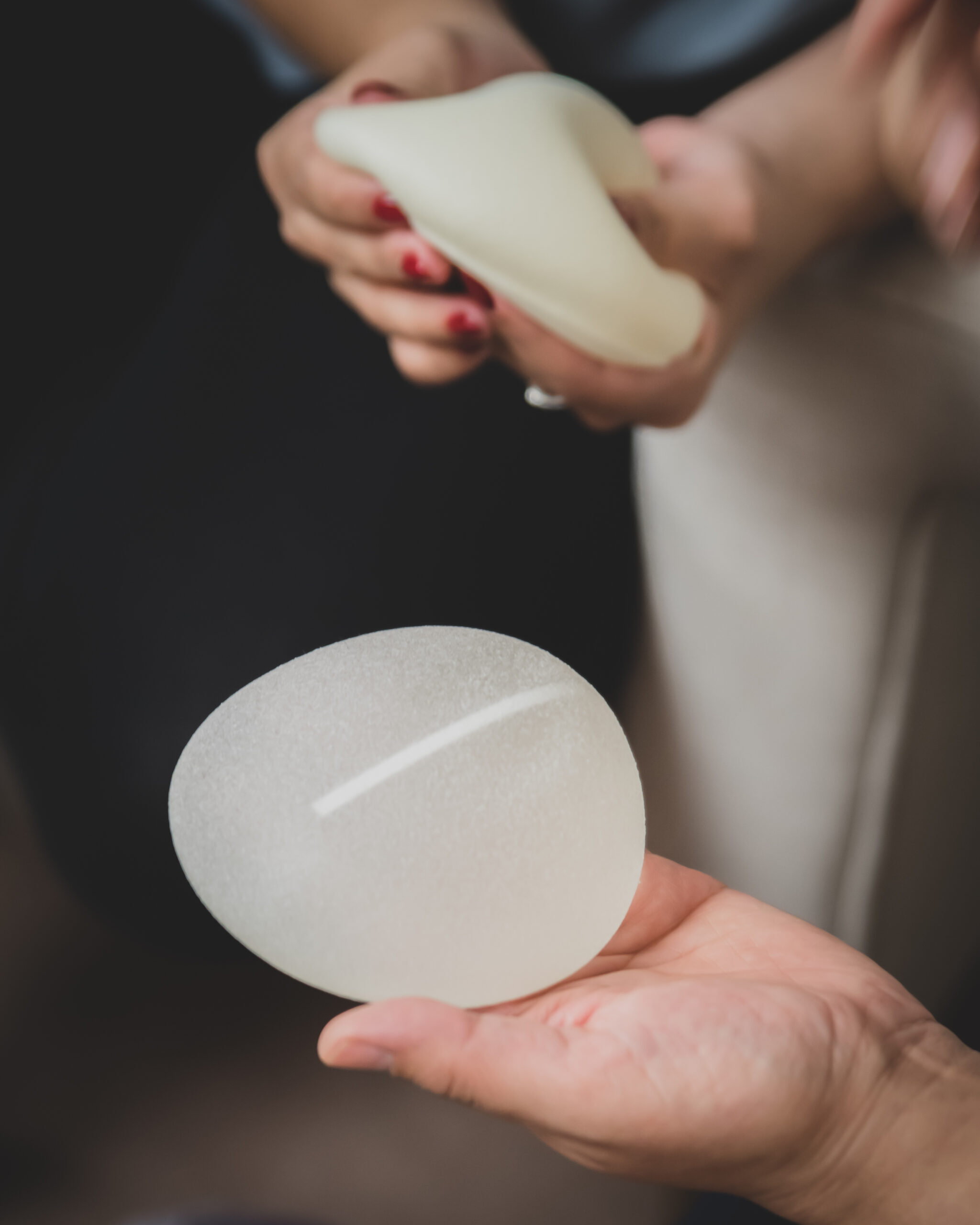There are many variables that factor into every breast augmentation surgery, but one of the most prominent is the type of breast implant inserted. When it comes to breast augmentation at New Jersey’s Sood Center, Dr. Mohit Sood and his team explain that the options are silicone and saline. This refers to the material inside of the implant, which gives the device its volume.
Every implant has a silicone shell. Some are filled with a sterile salt water known as saline, while others have a silicone gel inside. Silicone implants are further divided into two categories: traditional silicone and a thicker formulation known as form-stable silicone. The form-stable type is also known as a “gummy bear” implant because the consistency resembles the chewy candy.
What are some of the differences between these two types of implants? The saline type has what some feel to be a firm texture. In the rare event that the implant is compromised, the fluid inside would leak out quickly, resulting in a noticeable “deflation” of the implant. Silicone gel has a more “natural” feel according to some patients, and the gel inside moves much more slowly in the event of a rupture. Form-stable silicone is known for remaining in place, even if a hole were to be made in the outer shell.
Which of these two types of implants is the right choice for you? The answer to that question depends on many variables, including the current look and feel of your breasts, the changes you want to accomplish, your natural proportions and body type, and more.
Crucially, you don’t have to know the answer to the question of which implant is best before you come to see Dr. Sood for a consultation at Sood Center. The point of this initial visit is for you to share what it is you are looking for in terms of the look of your chest, and for Dr. Sood to explain what it possible and recommend the most ideal approach for achieving your results.
Contact Sood Center online or by phone to arrange a consultation, and come prepared to share your aesthetic dreams, as well as to have your questions about implant types—and more—answered!



